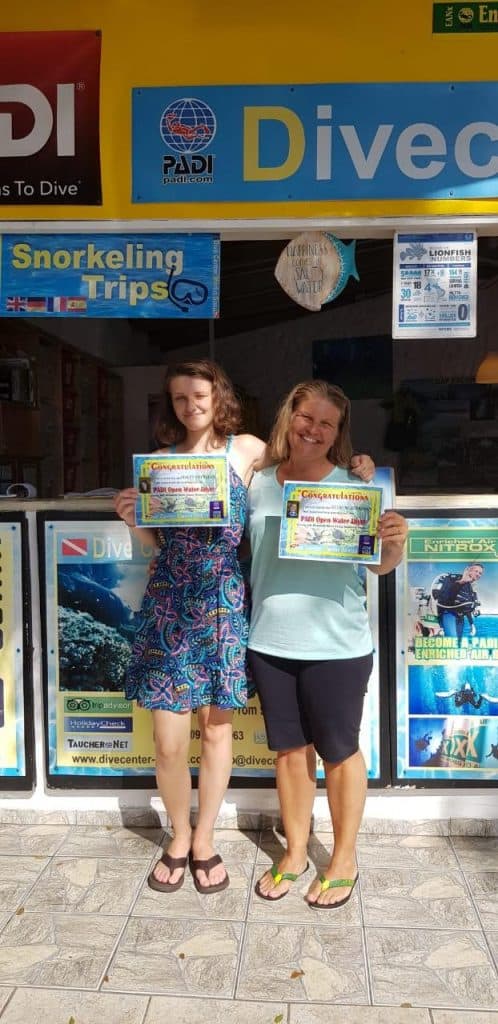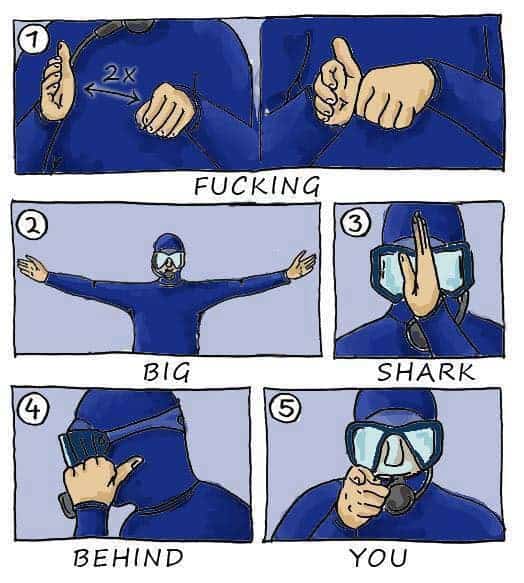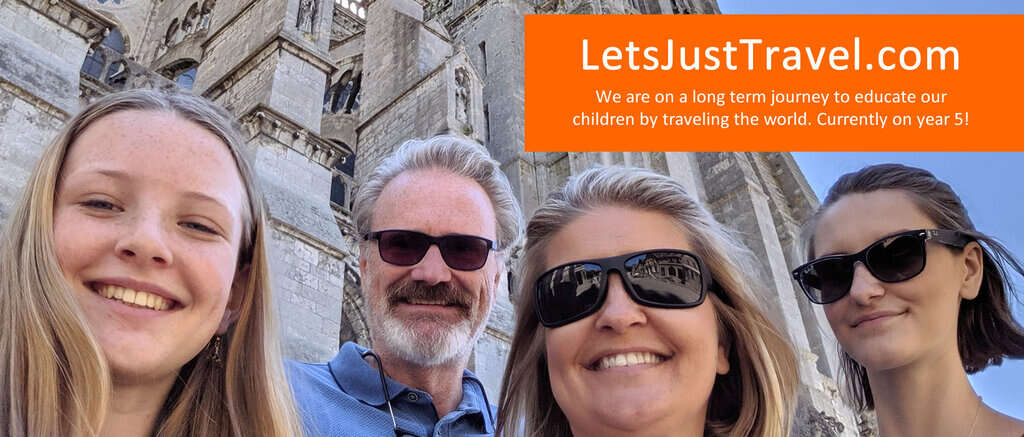Road trip? Did someone say road trip? Nah. This is not a blog post about a road trip in the DR. I’ve decided that my stress level cannot handle that much driving in this country. But it is a blog post about the process of becoming Open Water SCUBA certified by PADI. Bucket list item status: CHECK!
We told you the story of our discovery dive, a few weeks ago. Since that time Haley and I have continued our work to become PADI certified (PADI stands for Professional Association of Diving Instructors). There are millions of people in the world certified to dive by PADI and I’m sure there is no shortage of them among our readers, so this info will not be new to those of you. But before we arrived here I really knew nothing about SCUBA diving and the PADI process. So for you guys who are in that same boat (haha you like what I did there?), I will describe the process. This is PADI’s Open Water course.
Discovery Dive
Our discovery dive was really an excellent way to test the waters of SCUBA (more puns! I’m killing it today!), get us in the water with our equipment as quickly as possible, and see if we really liked it enough to continue. The dive school we attended applied our work from those days towards our PADI certification, which we thought was a great way to structure the course.
For those of you who didn’t bother to read the blog post about our discovery dive (you are forgiven, but don’t let it happen again), it consisted of steps 1: presentation on the theoretical concepts of diving, 2: pool dive and 3: ocean dive. Now we continue on to the next steps.
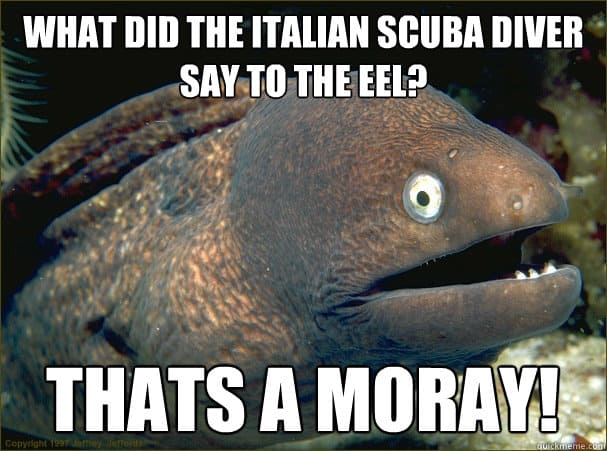
More theory. So much more.
The PADI course involved a whole lot more theory and book work. We used the week of Semana Santa, when we could not dive due to all the vacationers in the water, for our studying. We borrowed the book from the dive school and Haley and I worked through the 5 chapters, taking the quizzes at the end and comparing our answers. It was not difficult to understand but I found that my memory is not as strong as Haley’s.
In addition, the text was theoretical information about a physical act. I’m not a “theory” kind of gal. I’m a “let me try that” kind of gal. I wanted to just say, “Can’t you just show me this stuff in the water????”. I compare it to teaching someone how to do gymnastics from a book. It was frustrating at times. But we got through the book and after the vacation week was over we went back to the school and began work with our instructor, Christian. Christian is from Switzerland and is a former pastry chef turned dive instructor. Haley would like to follow in his footsteps in both of those careers.
We reviewed the diving theory with Christian over 2 days and took quizzes at the end of the chapters and a final test at the end. We had to score 75% on the test to pass, and Haley and I both scored 90%. I’ve learned through this process that I have no interest in returning to any academic setting. However, I am enjoying learning something new and working towards a specific achievement in something that I enjoy. It’s been awhile since I’ve done that. Somehow, doing a white load of laundry and making hamburgers for dinner doesn’t feel quite so satisfying of an accomplishment as getting PADI certified. #adulting
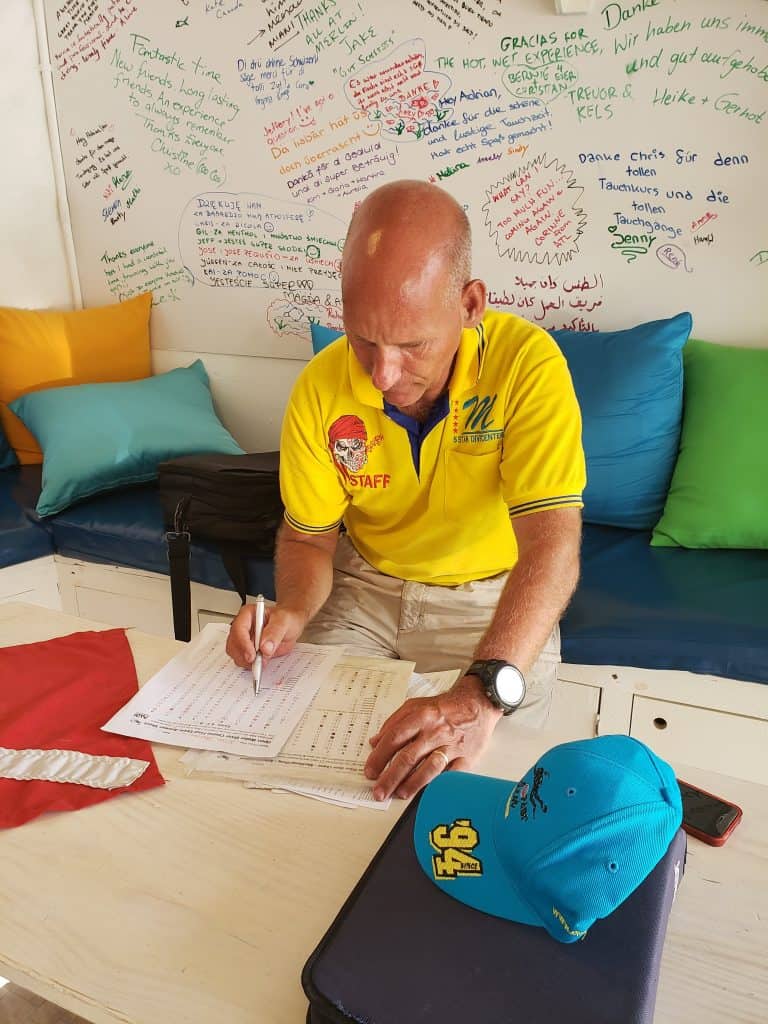
Pool Dive Day
In between book days, we did a few dive days. I think the school must know that we can only tolerate book-work for so long until we say “get us in the water!”. Getting in the water wasn’t just to look at fishies. It was mostly to practice the skills we learned about in the book. Some examples of the skills we need to be proficient at are:
- buoyancy using the inflating jacket, weights and breathing – this means essentially controlling your floating so you don’t go to the surface nor touch the bottom
- exchanging your regulator (breathing mechanism) for your dive buddy’s backup regulator
- exchanging your regulator for a snorkel
- filling up your mask with water and emptying it out again, while under water
- removing your mask and putting it back on (then emptying it)
- removing your mask, swimming for some distance and then putting it back on, all while under water, IN THE OCEAN!
- knowing the standard hand signals so you can communicate with your buddy
- understanding how the water depth and pressure affects your body and how you have to safely plan your dive, with sufficient air and rest stops during ascent
Unless I haven’t made it abundantly clear, all this is practiced underwater. Salty water!
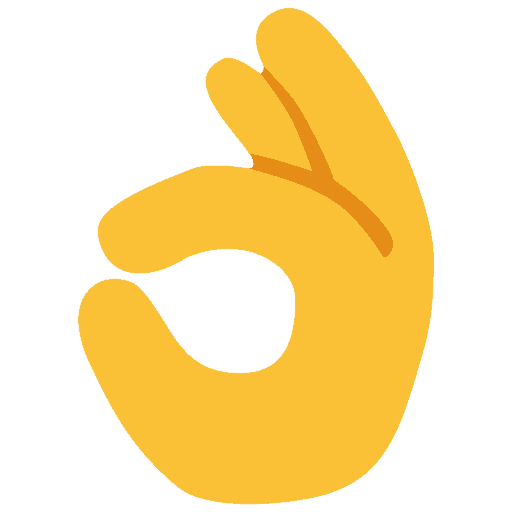
I was really surprised by the skills that were difficult for me. When anticipating the skill work in the pool, I shuddered at the thought of the mask removal process. But when it came time to it, it really was no problem. Turns out, when you can breathe, everything else is just something you need to work through and get used to. It really wasn’t that hard.
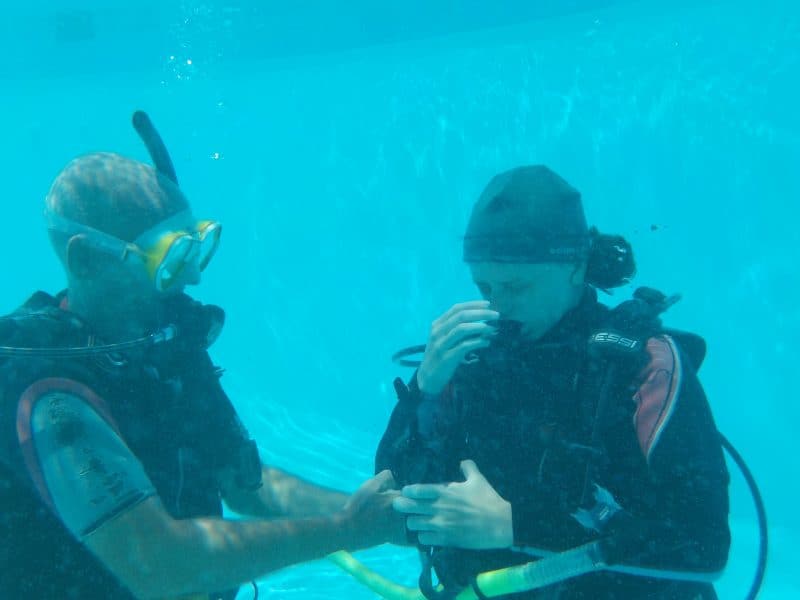
What was hard? The buoyancy. Honestly I looked like a drunken seahorse, floating up and down in the water, tipping forward when I intended to be upright, tipping backward belly-up like a buoy. All unintentional. It was incredibly hard and I simply did not grasp what actions on my part (breathing, adjusting weights, raising my legs, etc) affected my position. Haley quickly figured out how to laugh underwater as she watched me struggle. I figured out how to do sign language for “What the hell is my problem?”.
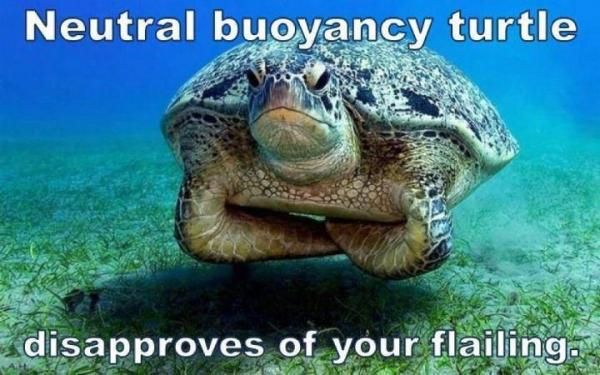
The day we spent in the pool seemed incredibly long. I think we were in the pool for close to 4 hours. Haley tends to get very very cold in the water and it’s important not to get too cold when you are scuba diving. Even though the waters here (pool and ocean) are very, very warm, she was still chilly. So halfway through our skills testing we got out and let her warm up in the sun. She was wearing a long-sleeved, long-pants wet suit, another TWO short-pants short-sleeved wet suits on top of it and a wet suit hat and she was still cold. I was wearing only a shorty wet suit and was not cold at all. I can thank menopause and dark chocolate for that.
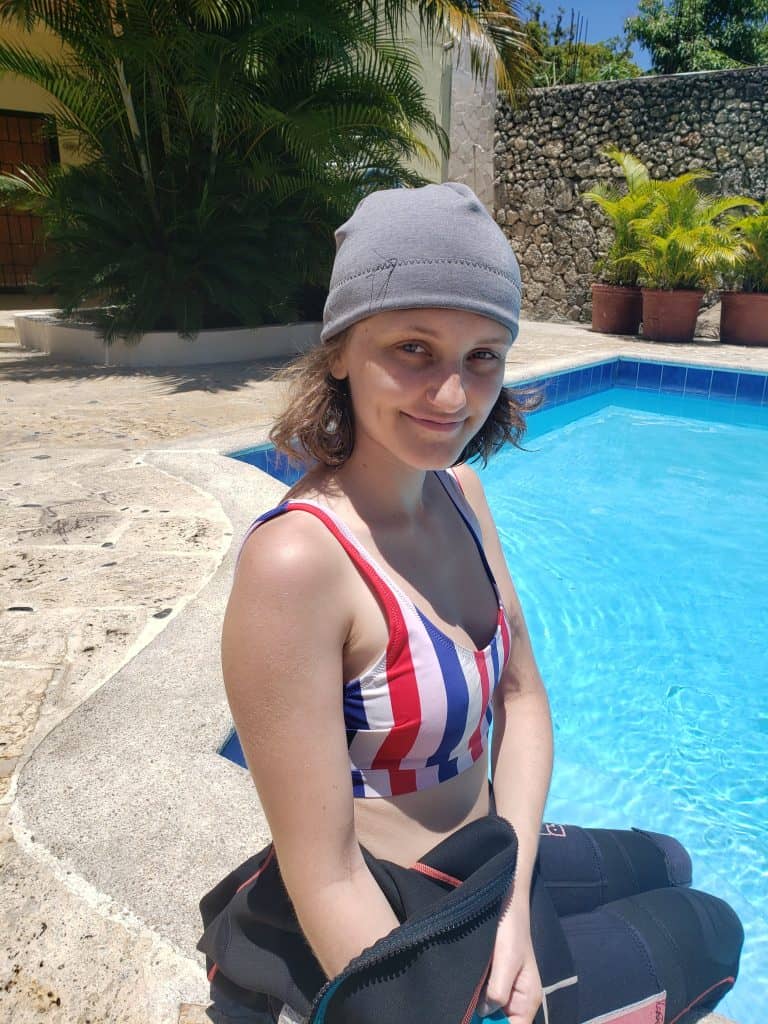
She pushed through the chill and we went back in the pool for more skills training after Haley warmed up. By the end of that day we were exhausted. Dan picked us up and asked me what was for dinner. He got the stink eye and quickly amended that to “Where should we order dinner from tonight, Honeybunches?”.
We took the next day off, as we have learned that, for us, a day off in between dives is important for recovery.
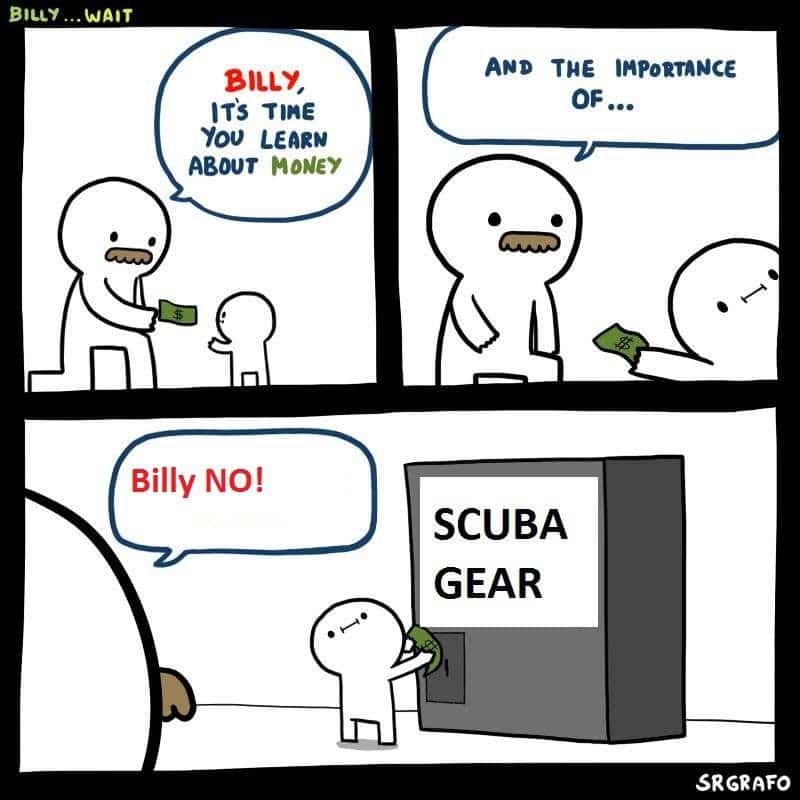
Ocean Dives
So now that the book work is done and the pool skills are practiced, it’s time for the ocean dives! The ocean dives went much better with my buoyancy and I started to learn a lot more about how to affect where I am in the water. We did some skills training in the ocean, repeating what we had learned in the pool, and we did some exploring of reefs. Evidently we saw an octopus, which made Haley extremely excited. I didn’t see it. Well, I saw it but I didn’t know what we were looking at.
That’s the difference between Haley and I when we are under water. I’m just content to look at everything and take it all in, but Haley knows a lot of what we are looking at. She comes to the surface saying “Did you see that [insert species of fish here], Mom?” I just nod and say “Yep!”. Because technically I’m sure I did see it, I just didn’t know what it was!
Our ocean dives consisted of more skills training and more practice of our new-found knowledge. Our last dive of the certification process was the best one yet, with a relaxed time at medium depth, just checking out all the corals. We told Christian that we thought a 45-minute dive would be fine but we had such a good time with no shortage of air, we ended up diving for 65 minutes!
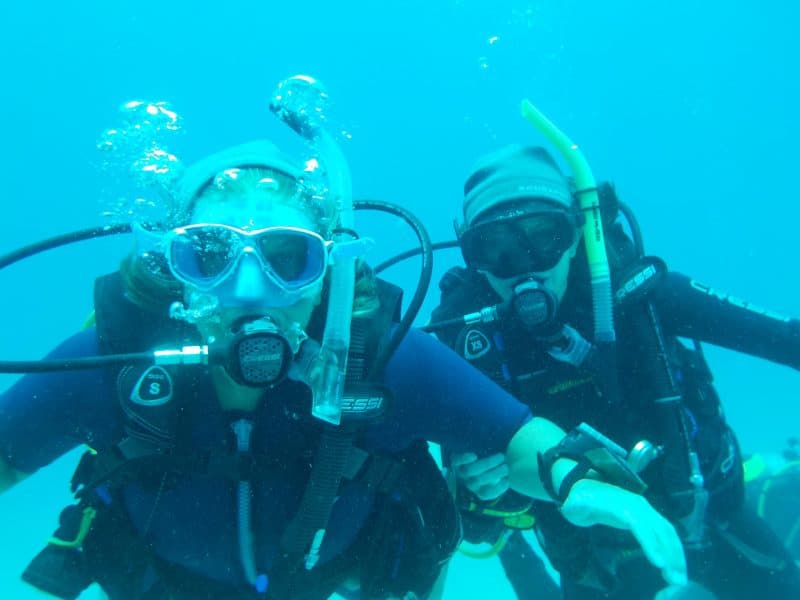
Best Dive Buddy Ever
I’m really enjoying being a dive buddy with Haley. When our family pairs off for stuff I am usually with Zoe. Between being her homeschool teacher and extra-curricular activities escort, helping her with Spanish and music and being the other extrovert, Zoe and I are together a lot. Haley and Dan are more introverted and share a lot of interests. So they pair up much of the time.
So to spend this time with Haley, especially with something involving such togetherness as SCUBA (where literally she is my lifeline and I am hers), it’s really been lovely.
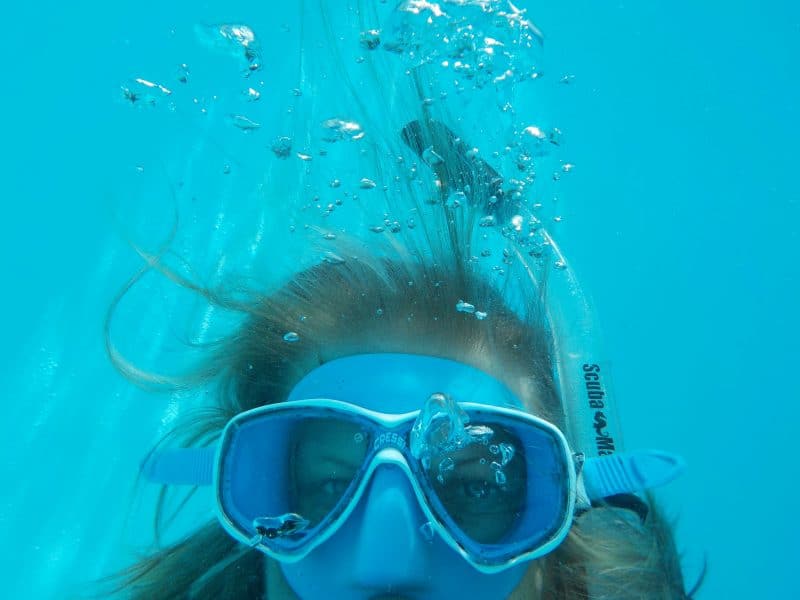
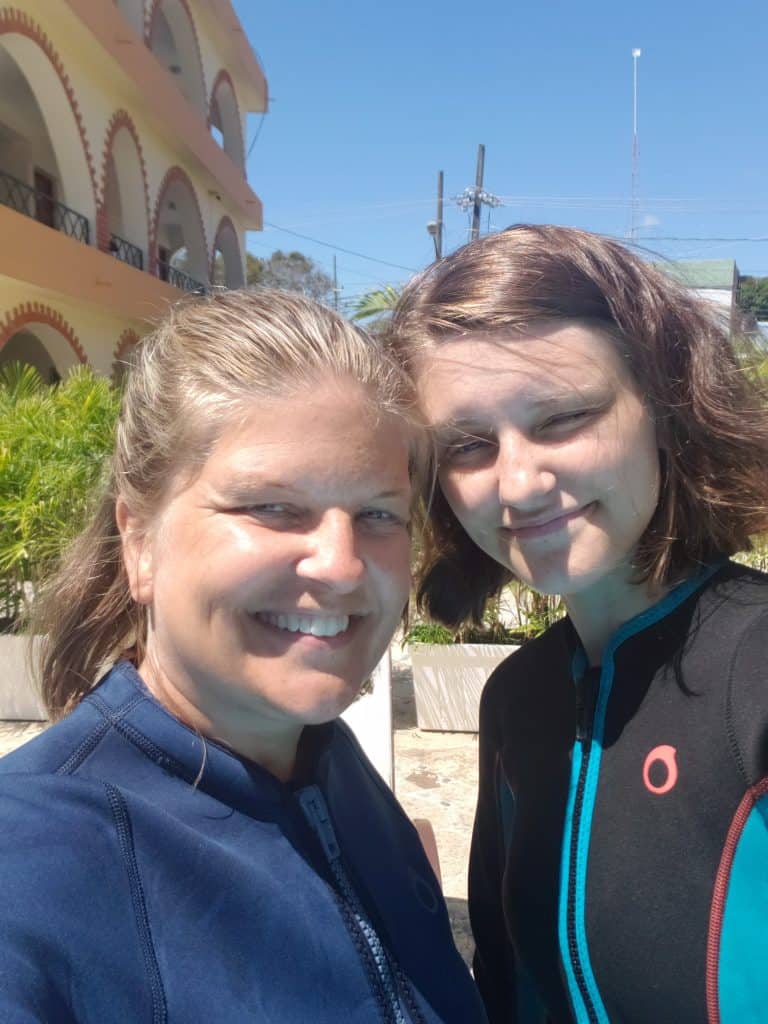
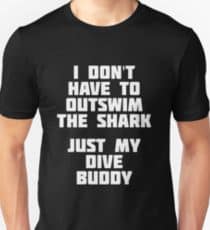
Being PADI Open Water certified will allow us to dive on our own if we like (as opposed to with a guide) and allows us to go to a depth of 18M (about 60 feet). We are still really in the learning phase so we don’t plan to dive alone anytime soon, but it is nice to know that we have practiced the skills that the diving community feels are important for safety.
In the end, we spent 7 different (mostly full) days at the diving school. PADI advertises that it’s a 3-4 day process and that could be true, but for us we felt better taking it slower and splitting up some of the work over several days. Regardless of the number of days, the price was the same ($490 per person, at the time of this post, for those of you who are curious) but the result is increased confidence. I’m not sure how in the world the instructors make enough to survive on at that price. God bless ’em.
We were very content with our experience at Merlin Diving School and recommend it to anyone who might be in the area. We now have our sights set on our next diving opportunity. In my next blog post I’ll tell you our future plans, which definitely involve diving. Stay tuned!
